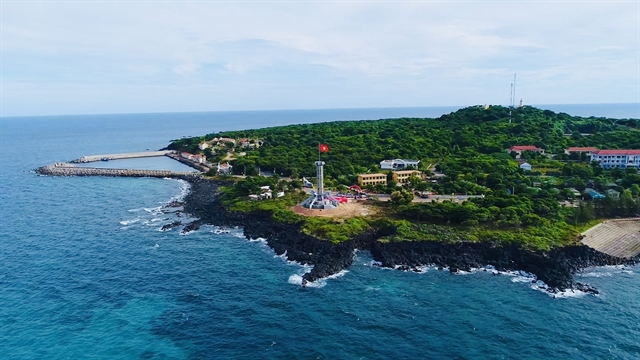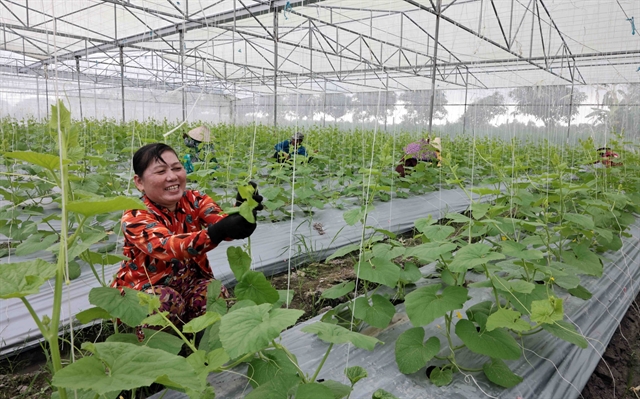 Society
Society

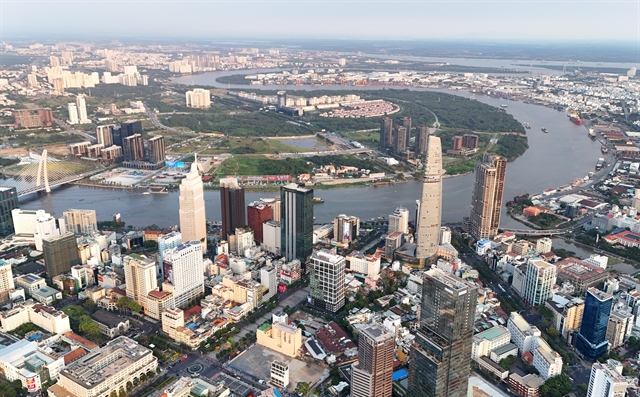 |
| The modern downtown area of HCM City along the Sài Gòn River. – VNA/VNS Photo Hồng Đạt |
HCM CITY — HCM City, once scarred by war, has become the nation's economic, science, technology, and innovation hub.
Its rise has come in the face of and been shaped by immense challenges, from the fierce days of the resistance war to the difficult years following liberation.
With the 1975 Spring General Offensive and Uprising, the Hồ Chí Minh Campaign in April 1975 successfully brought an end to the resistance war against US imperialism, liberating the South and reunifying the country.
The largest strategic offensive in Việt Nam’s history featured many historic battles, including the Battle of Rạch Chiếc Bridge at the northeastern gateway to HCM City.
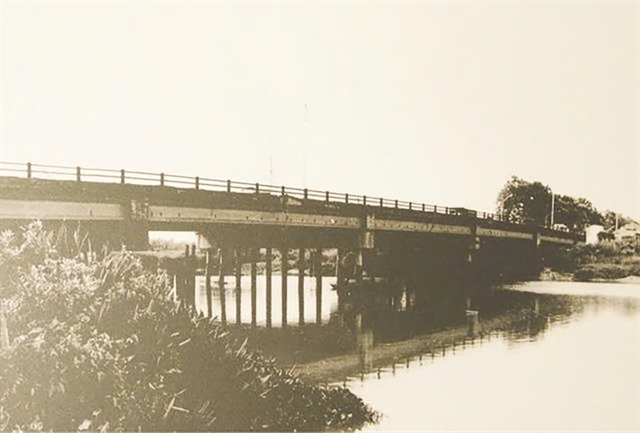 |
| The old Rạch Chiếc Bridge. – VNA/VNS File Photo |
In this battle, commandos from Z23 and Z22 units (waterborne special forces) and Battalion 81 (D81 – land-based special forces) of Brigade 316 fought courageously to seize and hold the bridge, clearing the path for the main forces to enter the city centre.
Colonel Nguyễn Văn Tàu (also known as Tư Cang), former Political Commissar of Brigade 316 – Special Forces and Urban Commandos, says Rạch Chiếc Bridge held strategic importance during the Spring General Offensive and Uprising as it served as a key entryway into the city.
Now 98, the legendary intelligence officer and Hero of the People’s Armed Forces recalls: “The battle at Rạch Chiếc Bridge was particularly fierce due to its proximity to Sài Gòn.
“The enemy committed significant ground forces and air support. It was the most intense battle Brigade 316 had engaged in since its formation in March 1974.
“On the night of April 27, 1975, Sài Gòn was gripped by tension. The decisive battle had reached its climax. Rạch Chiếc Bridge became our main target. Brigade 316, for which I served as Political Commissar, crossed the river and launched the attack.
“I led the troops directly, boosting morale and making timely decisions. It was the closest battle to Sài Gòn and laid the groundwork for our main forces to advance into the city, helping secure the final victory that brought national reunification.”
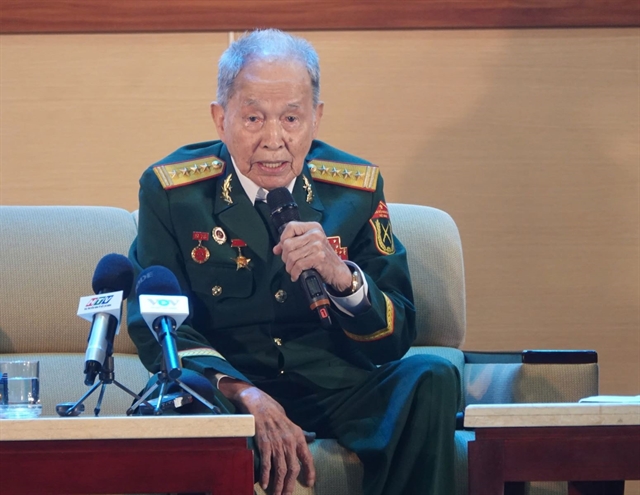 |
| Colonel Nguyễn Văn Tàu (alias Tư Cang), former Political Commissar of Commando Brigade 316. – VNA/VNS Photo Hoàng Tuyết |
Nguyễn Đức Thọ, a lieutenant in Z23, fired the first B40 rocket to initiate the attack on the bridge.
The 70-year-old from the central province of Thanh Hóa says: “My task was to fire the first B40 rocket at the enemy watchtower. Sadly, I missed. Then Sergeant Trần Đình Lạc shouted, ‘Fire again, Thọ!’ I stood and fired a second shot. This time, part of the tower collapsed, and the enemy machine gun fell silent.
“Our units then launched grenades and explosives at their bunkers and defences, catching them off guard and forcing a retreat.
“Though surprised, the enemy quickly regrouped and mounted fierce counterattacks throughout the night. By the morning of April 28, our ammunition was nearly exhausted, and the assaults grew even more intense. Soaked, starving and worn out, our commandos held firm, many sacrificing their lives in the struggle.
“For three relentless days and nights, we repelled wave after wave of enemy attacks. Only on the morning of April 30, 1975, when our main forces crossed the bridge and entered Sài Gòn, did Brigade 316 complete its mission.”
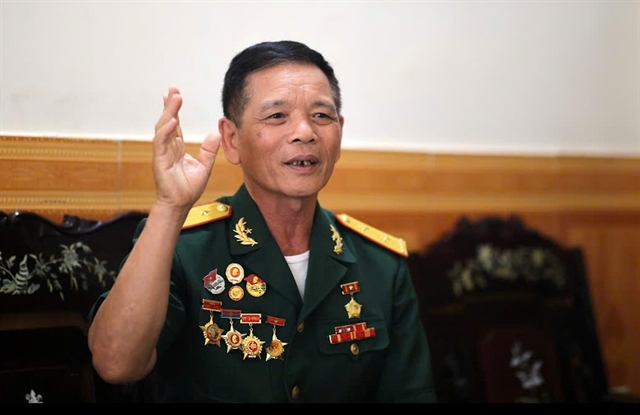 |
| Lieutenant Nguyễn Đức Thọ, who fired the first B40 shot to launch the battle for Rạch Chiếc Bridge. – VNA/VNS Photo Hoàng Tuyết |
Tàu says: “During that brutal battle, 52 officers and soldiers of the brigade were killed. To this day, only nine sets of remains have been recovered. The rest lie forever beneath the waters of Rạch Chiếc.”
Since liberation, survivors of Z23 and Z22, along with families of the fallen, have gathered just before April 30 every year to hold memorial ceremonies and float lanterns in remembrance.
To honour their sacrifice and educate future generations, city authorities approved the construction of a memorial spanning 12,000 square metres in late 2015.
Today it stands as a solemn tribute to the incredible bravery and fortitude of the troops and a symbol of the city’s enduring gratitude.
Today, Rạch Chiếc Bridge has been renovated and upgraded, and has become a crucial transport link between HCM City and neighbouring provinces.
Strong growth
Fifty years since the liberation of the South and national reunification, HCM City has seen remarkable growth and transformation.
The development of major transport and public infrastructure projects has reshaped the city, turning it into a modern metropolis comparable to major hubs across Southeast Asia.
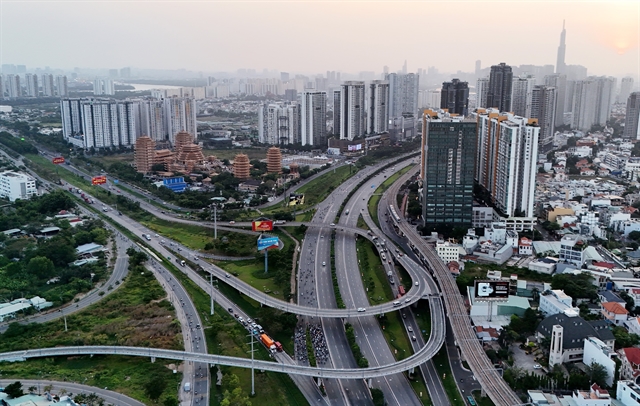 |
| Cát Lái Interchange on Hà Nội - Võ Nguyên Giáp Expressway, is a vital traffic route running through Thủ Đức City and connecting HCM City with the southeastern provinces. VNA/VNS Photo Hồng Đạt |
In the immediate aftermath of liberation, the city grappled with severe challenges such as poverty, unemployment and social issues.
However, through the determination and collective effort of the political system, the city gradually restored stability, revived production and laid the groundwork for future progress.
Phạm Chánh Trực (also known as Năm Nghị), former Standing Deputy Secretary of the HCM City Party Committee, recalls those early post-liberation days: “At that time, Sài Gòn was in turmoil, with hunger, joblessness and social ills being widespread. Some families had nothing to eat. Our soldiers had to break into the enemy’s rice stores just to feed people.
“It was then that the city’s resolve to overcome adversity began, starting with the mobilisation of young volunteers to support the public.”
He says 10,000 youth volunteers were mobilised to assist various areas across the city to restart production.
The Secretary of the City Party Committee at the time, Võ Văn Kiệt, directed the entire political system to support the City Youth Union.
This unity and determination – from leaders to residents – helped the city pull through that difficult period and build the foundation for future growth.
With its spirit of innovation and dynamism, HCM City has led the way in implementing major national reforms, including establishing a market-oriented economy under State management.
It has also pioneered digital transformation, green development, and sustainable urban planning.
The city has promoted business, startups and innovation, while successfully attracting foreign direct investment by improving its investment climate.
It has recorded significant socio-economic achievements, meeting goals in sustainable poverty reduction and raising living standards.
Economist Dr. Trần Du Lịch says: “Today, HCM City not only contributes more than 20 per cent of the country’s GDP but also takes the lead in proposing and carrying out a wide range of breakthrough institutional reforms - from administrative reform and attracting foreign direct investment to piloting special policy mechanisms.”
He says the city is on course to achieve double-digit growth by 2025 and aspires to become a global city.
As such, it is vigorously pursuing dual transformation – digital and green – and its efforts have drawn many overseas Vietnamese, who have been long absent, to return, invest, and contribute to their homeland.
In 2005, HCM City was awarded the title “Heroic City” for its exceptional service to national development and defence.
Nguyễn Thanh Nghị, Standing Deputy Secretary of the city Party Committee, says 50 years ago, under the leadership of the Party, Party members and citizens of Sài Gòn – Chợ Lớn – Gia Định stood shoulder to shoulder with the military and people nationwide to achieve the Great Spring Victory, liberating the South and unifying the country.
“Since then HCM City has consistently overcome challenges and worked to stabilise and develop, becoming a major economic, financial, trade, cultural, science – technology, innovation, and education-training centre for the southern key economic region and the country.” — VNS


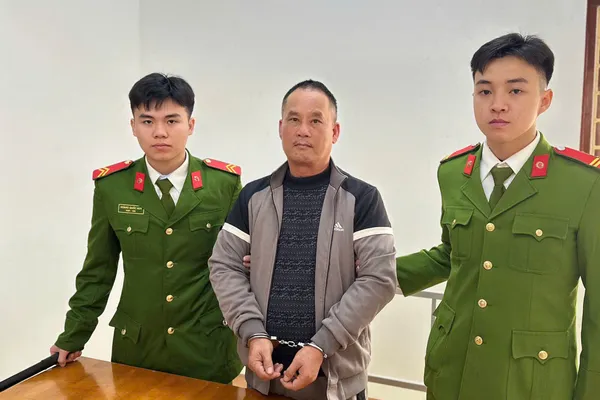
.jpg)
